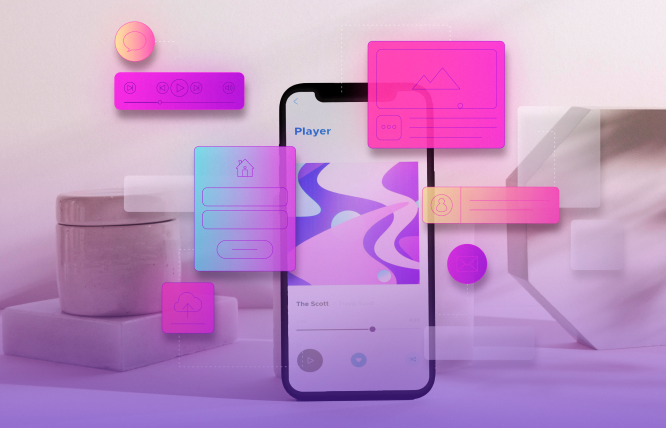In today’s fast-paced digital world, a great app idea can be the foundation of a thriving business. From startups to established enterprises, everyone wants to create the next big app that solves real-world problems and engages users. But turning an idea into a successful app requires more than just creativity—it demands a well-planned strategy, technical expertise, and the right approach to Mobile App Development.
In this blog, we’ll explore how you can transform your concept into a fully functional, high-performing mobile app that achieves success in the competitive digital marketplace.
1. Start with a Clear Vision
Every successful app begins with a strong idea, but that idea must be backed by clarity and purpose. Ask yourself:
-
What problem does your app solve?
-
Who is your target audience?
-
What makes your app unique from others in the market?
A clear vision helps you build a focused strategy for Mobile App Development, ensuring that every feature serves your business goals and user needs.
2. Conduct Thorough Market Research
Before investing time and resources, research your competitors and target users. Identify similar apps, analyze their strengths and weaknesses, and determine what gaps you can fill. Market research provides valuable insights into trends, user expectations, and pricing models—helping you position your app strategically.
3. Create a Wireframe and Prototype
Wireframing is an essential step in Mobile App Development. It allows you to visualize your app’s layout, features, and navigation flow. Once the wireframe is ready, develop a prototype to demonstrate functionality and gather feedback from stakeholders or potential users before moving into full-scale development.
4. Choose the Right Development Approach
You’ll need to decide whether to build a native, hybrid, or cross-platform app:
-
Native apps (built for iOS or Android) offer the best performance and user experience.
-
Hybrid or cross-platform apps (using Flutter, React Native, etc.) save time and cost by running on multiple platforms with a single codebase.
Selecting the right approach depends on your goals, budget, and audience.
5. Focus on User Experience (UX) and Design
The success of any app depends on how users feel when they use it. An intuitive, visually appealing design can make your app stand out. The Mobile App Development process should include UX testing to ensure smooth navigation, quick load times, and responsive interfaces.
6. Partner with a Skilled Development Team
Hiring an experienced development team is critical. A professional Mobile App Development company can turn your vision into a polished, scalable, and secure application. They handle everything—from coding and testing to deployment and maintenance—ensuring that your app meets industry standards and performs well across devices.
7. Test Rigorously Before Launch
Before launching, conduct comprehensive testing to identify and fix bugs, compatibility issues, and performance bottlenecks. Testing should include usability testing, functional testing, and security checks to ensure a smooth user experience.
8. Plan a Strong Launch and Marketing Strategy
Even the best apps need the right promotion. Develop a marketing plan that includes social media campaigns, app store optimization (ASO), influencer marketing, and user engagement strategies. The more visibility your app gets, the better its chances of success.
9. Collect Feedback and Iterate
After the launch, listen to your users. Their feedback is invaluable for improving features, fixing bugs, and refining the user experience. Continuous updates show your commitment to delivering value and keeping your app relevant.
10. Maintain and Scale Your App
Success doesn’t end with the launch—it begins there. Regular maintenance, performance monitoring, and feature updates are key to retaining users and scaling your app as your audience grows.
Conclusion
Turning an idea into a successful mobile app takes vision, strategy, and execution. With a clear plan and the right Mobile App Development process, you can create an app that not only attracts users but also delivers lasting value. Remember, success comes from understanding your audience, working with skilled developers, and continuously improving your product based on real-world feedback.
Frequently Asked Questions
Have questions or feedback?
Get in touch with us and we‘l get back to you and help as soon as we can!




